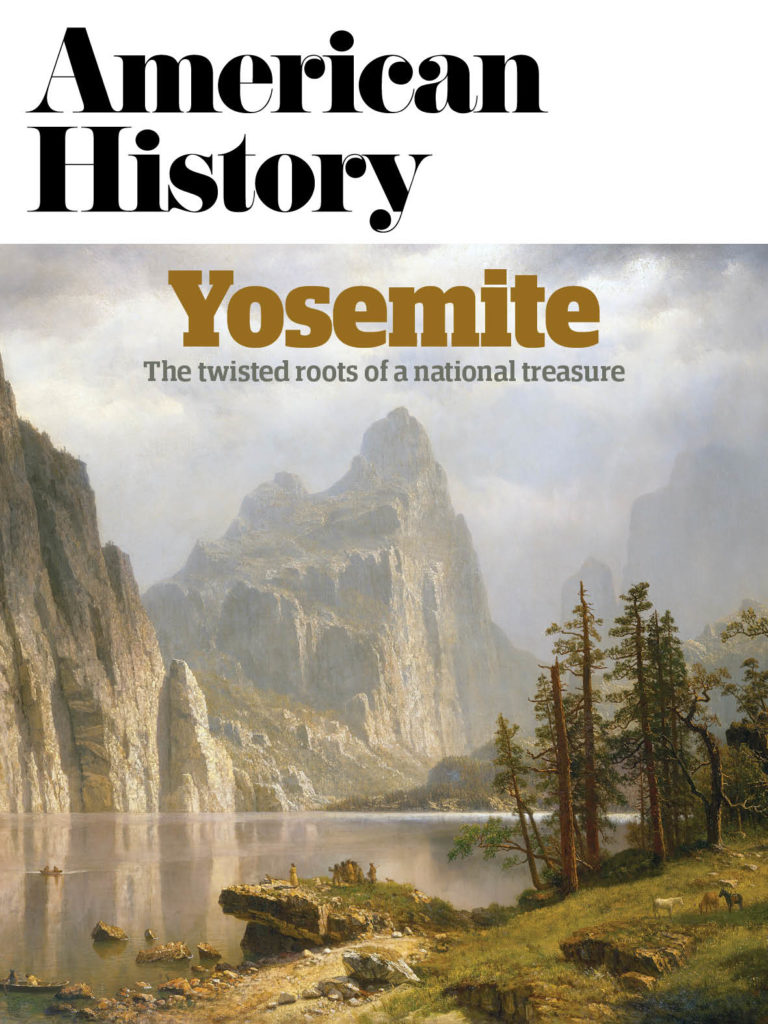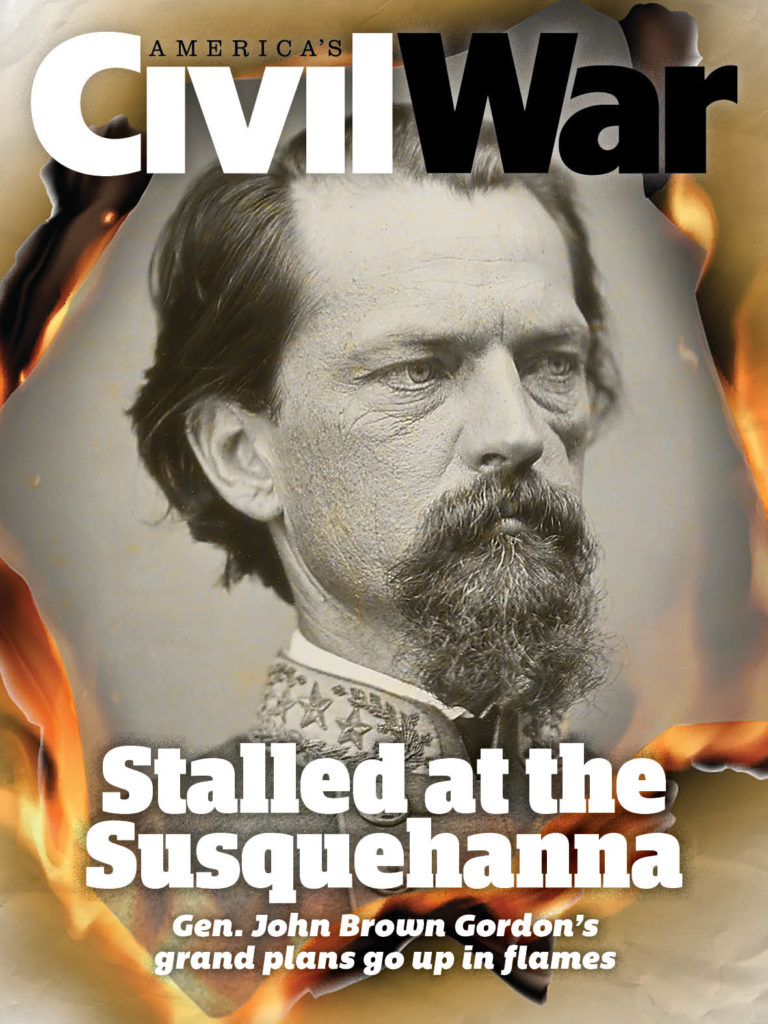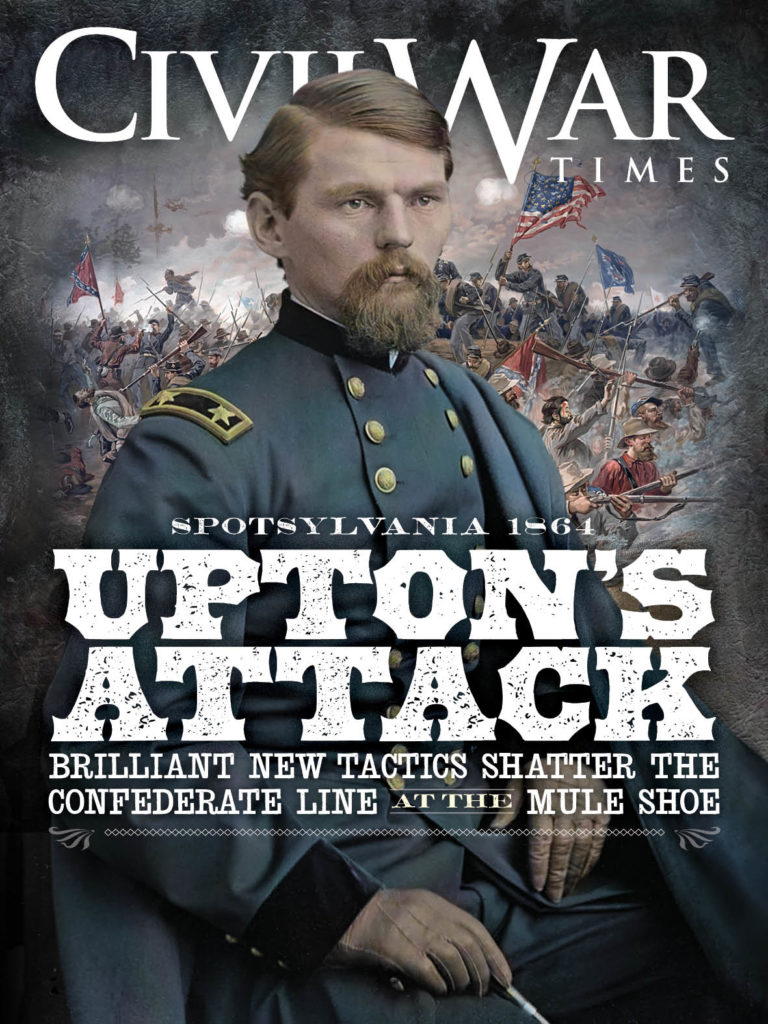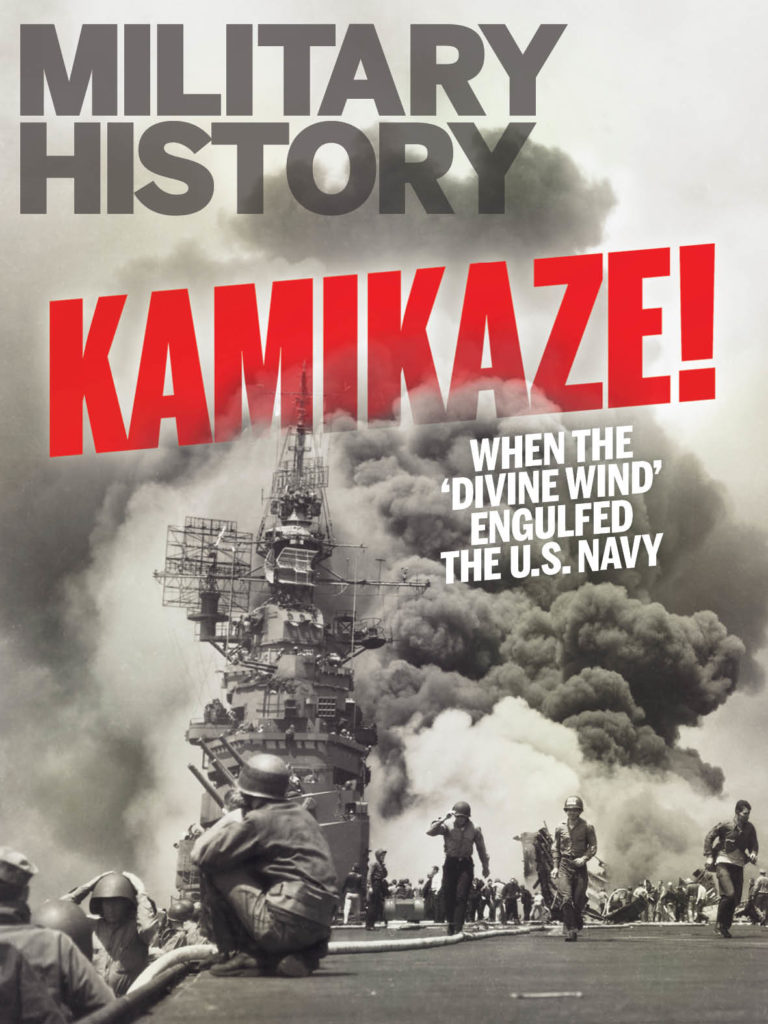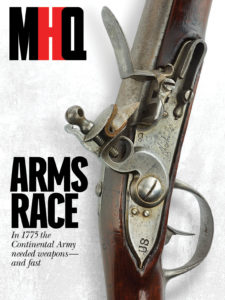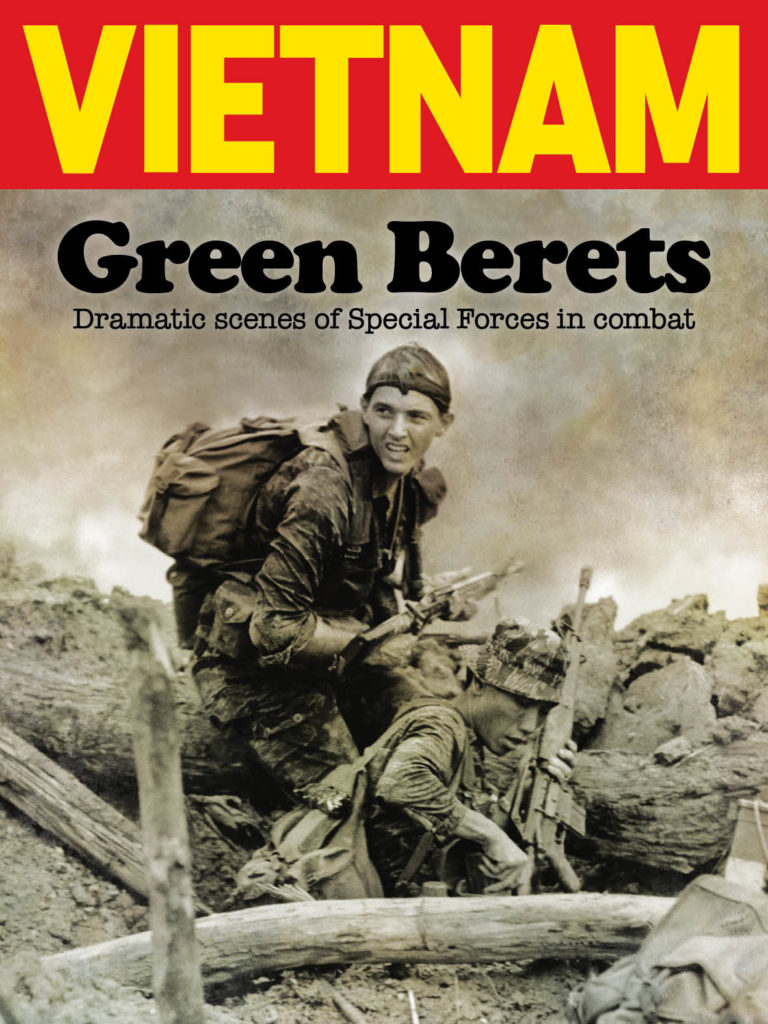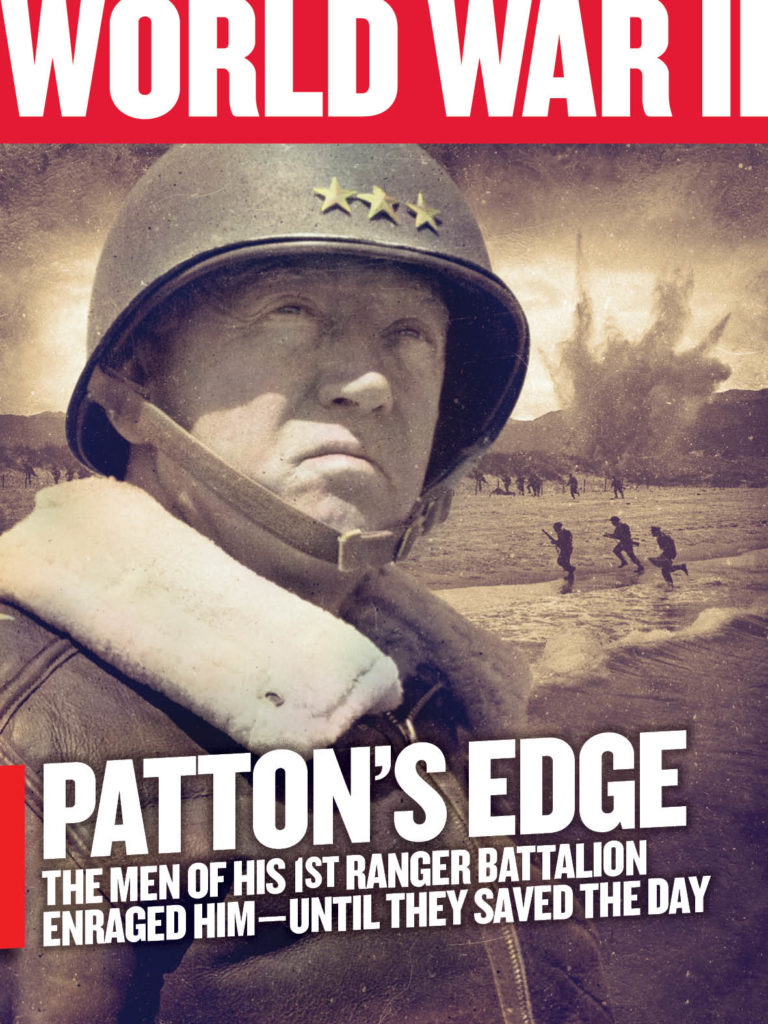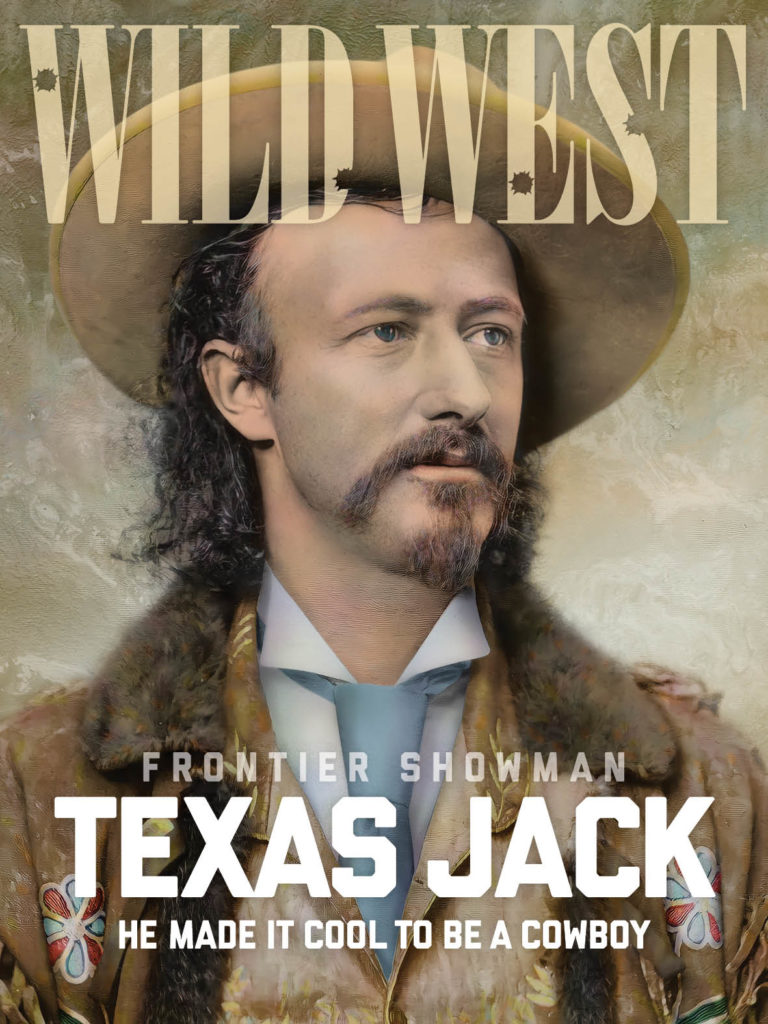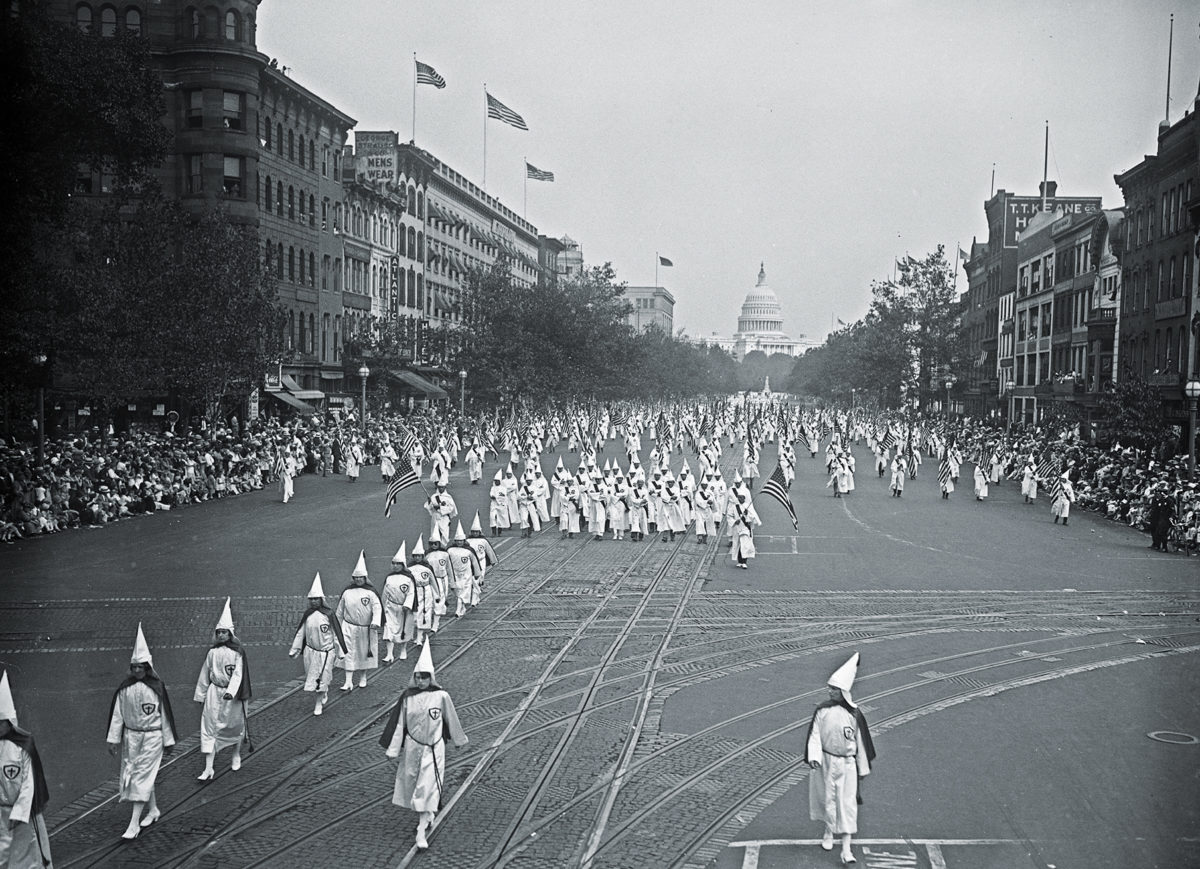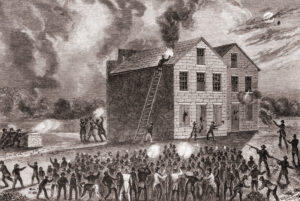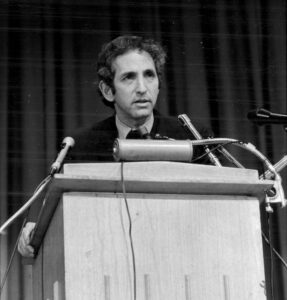What started out as little more than a racist publicity stunt ended up being the defining Supreme Court decision on the meaning of the Constitutional guarantee of free speech—a ruling far more protective of controversial speech than previous high court holdings. Those prior decisions essentially told courts to balance the harm the contested speech posed against the benefits of unfettered freedom of expression, but now the Justices were “putting the thumb firmly on the scale in favor of the First Amendment,” explains Katherine Fallow, senior counsel at Columbia University’s Knight First Amendment Institute.
The case began in the summer of 1964, when Clarence Brandenburg telephoned Cincinnati, Ohio, NBC-TV affiliate WLWT with a tip: Ku Klux Klan members were to rally at a local farm. A reporter and camera crew showed up to cover the event, which was less than a success—no more than a dozen KKK supporters were milling around. The news team went to work anyway. The handful of armed, white-robed men and their burning cross made for arresting images and Brandenburg’s speech, even with no real audience, was fiery enough to make that evening’s news. In offensive terms, the Klan organizer demanded the country expel Jews and Negroes. “If our President, our Congress, our Supreme Court continues to suppress the white, Caucasian race, it’s possible that there might have to be some revengeance taken,” Brandenburg said. “We are marching on Congress on the Fourth, four hundred strong.”
Observing what WLWT aired, local officials found Brandenburg’s screed provocative enough to dust off a 1919 Ohio “criminal syndicalism” law that outlawed advocating “sabotage, violence, or unlawful methods of terrorism as a means of accomplishing industrial or political reform” or assembling or joining any group formed to advocate such actions. Prosecution of Brandenburg—in a trial that consisted of nothing more than screening the footage that WLWT had run—was successful. The state fined the firebrand $1,000 and sent him to prison for 1-to-10 years.
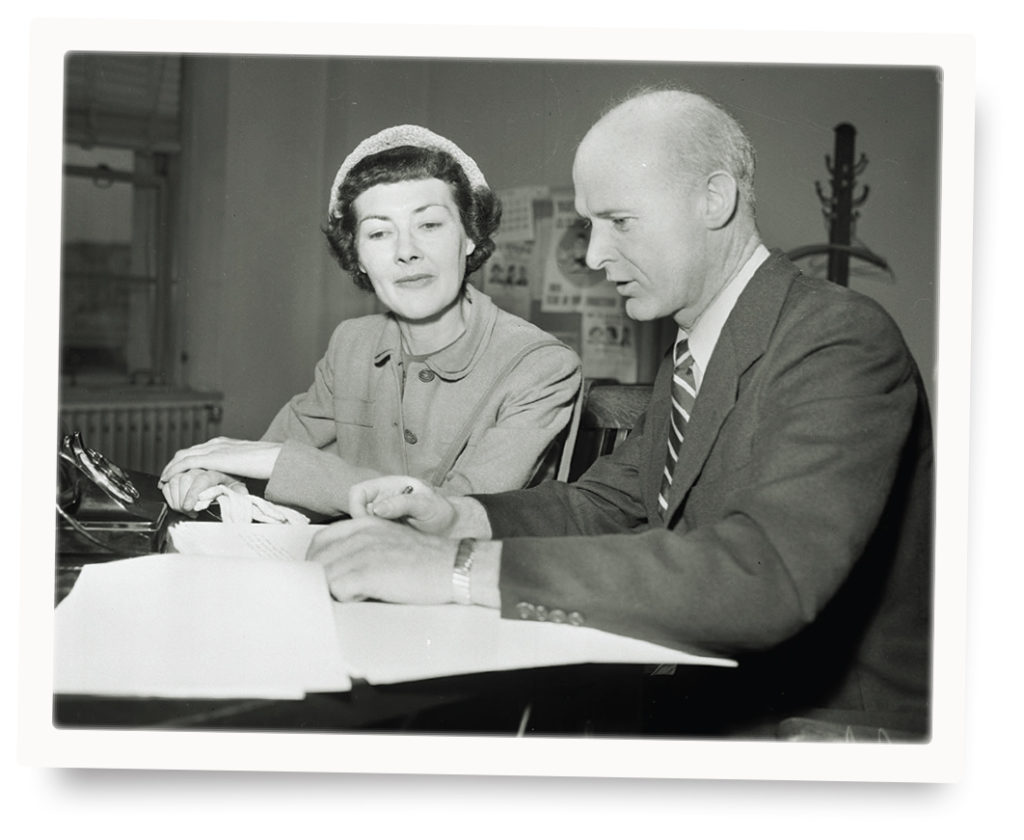
The Ohio law under which Brandenburg was convicted was almost a carbon copy of other laws enacted in the years just after World War I by 21 other midwestern and Western states. Despite civil liberties champions’ claims that such sweeping bans on advocacy of unpopular viewpoints eroded First Amendment free speech protections, in four separate cases the U.S. Supreme Court upheld criminal syndicalism statutes. In the most recent of those four Court endorsements, the justices had unanimously upheld the conviction of Charlotte Whitney for helping to found the Communist Labor Party of California. Whitney’s support for an organization that endorsed violence to achieve social change could be prosecuted, the justices explained in 1929, because the First Amendment does not protect speech “inimical to the public welfare, tending to incite crime, disturb the public peace, or to endanger the foundations of organized government.”
Brandenburg unsurprisingly got no relief when he appealed. Citing the four Supreme Court precedents, an Ohio appellate court upheld his conviction. The Ohio Supreme Court summarily dismissed the Klan man’s appeal, saying it presented no substantial constitutional question. By the time the Brandenburg case got to the high court in 1969, the Whitney decision was 40 years old, and there had been hints that the men of the high court no longer held the broad view of what speech could be curbed that their antecedents had enunciated. The issue was a hot one, with anti-Vietnam War protests and campus demonstrations dividing the country. So many lawyers representing defendants convicted for engaging in such protests had picked up those hints that when the Justices ruled on Brandenburg, the docket included four other free speech cases. All were sent back to lower courts for reconsideration in light of the Brandenburg ruling.
The first hint came in 1957. The high court had earlier green-lit government efforts to prosecute Americans for belonging to the Communist party, holding that such membership could be construed as a “clear and present danger” to the country.
In 1961, the Court underscored its holding in Yates, dismissing the prosecution of John F. Noto, another Communist Party member. In composing his opinion for a unanimous court, Justice John M. Harlan II sounded a bit exasperated that authorities were not heeding the court’s pronouncement in Yates and repeated that the First Amendment protected all speech and advocacy except those posing real and immediate danger.
“We reiterate now, that the more abstract teaching of Communist theory, including the teaching of the moral propriety or even moral necessity for resort to force and violence is not the same as preparing a group for violent action,” Harlan wrote. “There must be some substantial direct or circumstantial evidence of a call to violence.”
GET HISTORY’S GREATEST TALES—RIGHT IN YOUR INBOX
Subscribe to our HistoryNet Now! newsletter for the best of the past, delivered every Wednesday.
When Brandenburg came before the high court, the outcome was hardly in doubt. In fact, prosecution of the KKK figure was so clearly unconstitutional that rather than a signed opinion the Court issued a per curiam ruling. That’s usually a signal that the justices think their conclusion quite noncontroversial, but in this case that status also reflects the fact that there was no single author. Justice Abe Fortas had written the first draft of the Brandenburg decision, then, after financial dealings of his came into question, had resigned. Justice William Brennan edited the final version. The ruling’s significance is not simply that it exonerated Brandenburg, but that it provided a gauge with which to assess the legitimacy of future attempts to stifle inflammatory rhetoric. That yardstick consists of three elements:
Did the defendant intend his or her words or expressive action to incite violence or other law violations?
Would those illegal acts be imminent?
Would the incitement likely be successful?
A government may punish speech only if that speech passes all three tests, the opinion decrees. Any law or local ordinance which punishes expression that does not do so “sweeps within its condemnation speech which our Constitution has immunized from governmental control.”
The third element of the test, Fallow says, means “you look at, not just the text of the speech or the context of the speech itself, but at the context in which it takes place. How likely would it be to trigger violence?”
The high court confirmed its reliance on the Brandenburg formula in multiple cases, overturning in 1973 conviction of a college student for his shouts at an anti-war rally and in 1982 the conviction of a local NAACP official for warning that those failing to join a boycott of businesses that discriminated against Blacks might face violence. That’s still the standard—a standard, Justice Ruth Bader Ginsburg once said, that “truly recognizes that free speech means not freedom of thought and speech for those with whom we agree, but freedom of expression for the expression we hate.”
This article appeared in the Winter 2023 issue of American History magazine.
historynet magazines
Our 9 best-selling history titles feature in-depth storytelling and iconic imagery to engage and inform on the people, the wars, and the events that shaped America and the world.
